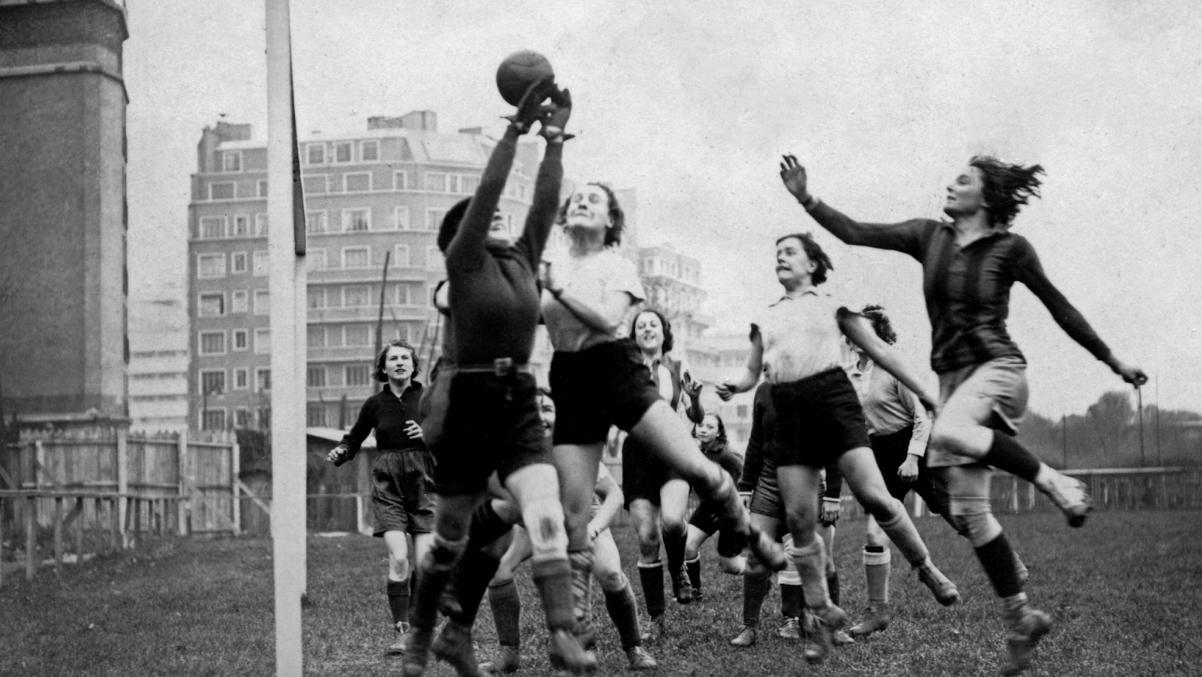Women’s soccer has come a long way since its humble beginnings, evolving from a grassroots movement to a global phenomenon. With increasing participation, improved infrastructure, and growing support, women’s soccer has made significant strides toward achieving parity with its male counterpart. In this article, we will explore the remarkable evolution of women’s soccer and the key factors that have propelled it to global domination, including the role of best soccer tips.
Grassroots Growth: Laying the Foundation
Women’s soccer can trace its roots back to the late 19th century when women began participating in informal matches. Despite facing societal and cultural barriers, the sport gained popularity among women, primarily in Europe and North America. As interest grew, women’s teams started forming in local communities, schools, and colleges, paving the way for organized competitions. This is where 1xbet predictions began to emerge, providing gamblers an idea on how to bet on female soccer. Aspiring bettors can check out 1xbet prediction today to gather insights and information for their bets.
Breaking Barriers: Pioneers and Trailblazers
The journey of women’s soccer was marked by numerous pioneers and trailblazers who defied norms and pushed boundaries. In the 1920s and 1930s, women’s soccer gained attention in England, thanks to the Dick, Kerr’s Ladies team, which attracted massive crowds to their matches. However, progress was hindered as the Football Association (FA) banned women from using Football League grounds in 1921, effectively stalling the growth of the sport.
The breakthrough came in the 1970s when the women’s game experienced a revival. The establishment of the Women’s Football Association (WFA) in England and the first Women’s World Cup in 1970 marked significant milestones. These events laid the foundation for future growth and opened doors for women’s soccer worldwide. During this period, coaches and experts began to share soccer tips to help women players refine their techniques and strategies.
Recognition and Support: A Turning Point
The 1990s witnessed a turning point for women’s soccer, with increased recognition and support from international governing bodies. In 1991, FIFA organized the inaugural Women’s World Cup, providing a global platform for the sport. This landmark event signaled the growing importance of women’s soccer and attracted global attention.
Further support came in the form of increased investment and improved infrastructure. More nations established professional women’s leagues, offering players the opportunity to compete at the highest level. As financial backing and media coverage grew, women’s soccer began to garner a dedicated fan base, contributing to its overall popularity.
The Rise of Stars: Inspiring a Generation
The emergence of talented players on the international stage played a crucial role in popularizing women’s soccer. Superstars like Mia Hamm, Michelle Akers, and Birgit Prinz captivated audiences with their skill and passion for the game. These players became role models for aspiring young girls, inspiring a new generation to take up soccer.
Their success also demonstrated that women’s soccer could produce world-class athletes capable of competing at the highest level. This recognition challenged stereotypes and shattered preconceived notions about women’s abilities in sports, paving the way for further growth and development.
Achieving Parity: Closing the Gender Gap
In recent years, efforts to achieve gender parity in soccer have gained momentum. Steps have been taken to bridge the pay gap and provide equal opportunities for women in the sport. Increased investment from sponsors and broadcasters, coupled with improved prize money in major tournaments, has helped create a more equitable environment.
Organizations like the National Women’s Soccer League (NWSL) in the United States and the Women’s Super League (WSL) in England have witnessed significant growth, attracting top talent from around the world. Additionally, the success of international competitions, such as the FIFA Women’s World Cup and the UEFA Women’s Champions League, has further elevated the profile of women’s soccer.
Global Domination: The Future of Women’s Soccer
The future of women’s soccer appears bright, with continued growth and increasing global domination on the horizon. The sport is witnessing a surge in popularity across continents, attracting larger audiences and investment. Major sporting brands are recognizing the commercial potential of women’s soccer and investing in sponsorship deals, further solidifying its status.
Moreover, grassroots initiatives and programs aimed at increasing participation among young girls are being implemented worldwide. By nurturing talent from a young age, these programs contribute to the long-term sustainability and success of women’s soccer.
Conclusion
The evolution of women’s soccer from grassroots to global domination is a testament to the resilience, talent, and determination of countless individuals who have pushed boundaries and shattered stereotypes. The sport has transcended cultural barriers, gained recognition, and inspired generations of female athletes. With continued support, investment, and efforts to achieve gender parity, women’s soccer is poised for an even brighter future, where it will continue to captivate audiences and contribute to the growth of the beautiful game.

